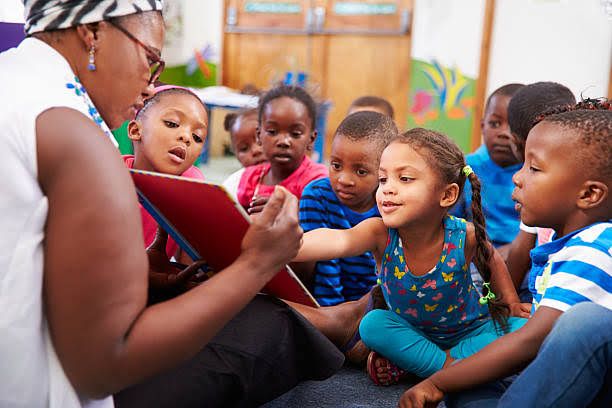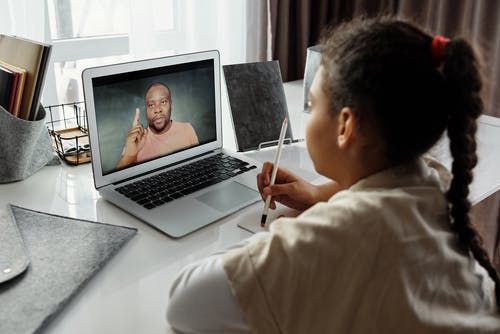
As a teacher, one of the things I would like to see is the children enjoying school and learning, but unfortunately, that’s not always the case. The concern would then be how to present the material to children in a way they understand, with an emphasis on making them see learning as fun.
Here at Gradely, we explored a couple of ways that can help teachers make learning fun for students. But to make learning fun, we need to, first of all, understand what the concept is:
What Exactly is Learning?
Learning can be defined as a process by which an individual gets new knowledge, understanding, skills, attitudes, values, and behaviors. One can learn from the ’cause and effect’ method, which is immediate. An example of this is when a child accidentally touches a stove. The child quickly learns that a hot stove should not be touched with his or her bare hands because of the effect of heat on the skin.
How Can Learning Then Be Made Fun?
Connect learning to life situations
When teaching math concept line averages, for example, one can show the children how they can use these calculations to find their average scores.
This can be done when teaching them the “life cycle in insects”. Don’t talk about it – if possible, bring a caterpillar and have the children watch it grow. And if you’re teaching them about plants, get two or three kinds of plants and show them the various parts. Don’t think this concept can’t be used in English class? Explain and show them how being good at writing can help them express their thoughts in real-life situations. For example, organize writing contests, or ask them to create cards and write letters to their parents. This is the concept used to make learning easy for kids.
Remember that when you teach concepts (especially difficult ones) with practical applications, children will see learning as nothing.
Use All Methods to Your Disposal
Here at Gradely, we have realized that kids have different gifts to offer. So to get them more engaged in a topic, we allow them to use their strongest intelligence to work. What does this mean? It means that we allow them to learn and demonstrate their knowledge. If one asks them to summarize what they have learned on a topic like “the six classes of food” they shouldn’t be forced to write, instead allow them to:
- Draw pictures of different food that represent each class of food.
- Present in front of the class.
- And write an essay response (because there are children who enjoy this!).

Offering them a variety of options, they can choose what they do best and that sounds like fun to them. This gets your students involved.
Allow movement in the classroom
Now, we understand that children find it hard to sit for hours. Allowing them to stand will make them more alert and engaged. You can tell them to clap once if they agree and twice if they disagree and if your school allows it, take the class outside for a lesson. Make them sit in circles and work on something together. They will be inspired by fresh air and sunshine.
Use of Technology in The Class
Children love technology, it can be a valuable tool in the classroom. Whenever I tell the children we are going to the computer room, their mood brightens up because they will have fun (and learn) while playing some educational computer games and doing practice activities. Technology brings a lesson to life for students and with the popularity of electronic devices, they can engage in e-learning through apps like Gradely Live Class, where they learn at their own pace from the comfort of their homes. Children have a wealth of interactive information in their hands, and they enjoy it when you give them the chance to use it.

Encourage Interaction in The Class
Create ways for children to work in pairs, as a team, allow them to discuss among themselves, and have them share their different ideas with the class.
Remember, you shouldn’t allow them to always pick one person as their partner because students can be funny at times. So encourage them to change partners often and let them work together for two minutes. Once the time is up, they must pick a new partner. When you do this, it creates interactions among them and that will make learning fun.
Host friendly competitions
Children love to play games, but they don’t realize they’re learning because a game can so amusing to them!
Search the Internet and you’ll get a lot of interactive games for children.
Conclusion
Making learning engaging and fun for children can be difficult, but it’s rewarding when you pull it off. So make your class interactive and apply lessons to real life, the children will be likely to understand and retain what they learn.
When you make learning fun for children, you’ll enjoy the class as well because it’s rewarding to see the positive impact that your teaching is having on children. So it’s a win-win!
Share Post:
Gloria Elendu
Writer/Educationist
Get our latest articles in your inbox. Sign up for email alerts.



